
Staying healthy doesn’t need to be difficult or time-consuming and more importantly, it is not solely about elimination; quite the opposite! If you know which are the top foods you should be including, building a healthy plate is easy and you’ll soon find yourself effortlessly making great choices and at the same time, you’ll notice foods that don’t significantly provide health benefits naturally falling by the wayside.
However, it’s not always easy to stay inspired with your meal choices and even harder if you want to make choices that are not only healthy but also easy to prepare for you and your family.
So you might find it helpful to have a few top foods; nutritional powerhouses that you revert to regularly, knowing that these delicious foods will help ensure your overall health.
Of course, it’s important to vary your food choices; if you vary your foods, you vary your nutrients. However, having a handful of highly nutritional foods as a starting point, you’ll find it much easier to build the rest of your meals around these as a starting point.
I share below my top 7 foods I regularly include and why I’m a fan:
-
Salmon
Salmon is a first-class protein that’s also a great source of healthy omega-3 fats. These are the types of fats that are classed as essential, in other words, you must eat them as your body can’t make them. So we mustn’t overlook this and make sure we include oily fish in our choices, ideally around 2-3 times per week.
Other sources of oily fish include sardines (If you’re not a fan, try this sardine pate!) and mackerel; ideally varying these choices. Plant-based sources include chia, flaxseed and walnuts.
Why I’m a fan? With high protein and good fats, a fillet of salmon will satiate and even better, it cooks in under 10mins, whether it’s in the oven or pan-fried. That’s the ultimate convenience food for me!
-
Broccoli
Each meal, each day you should aim to include a dark green vegetable. Almost any vegetable that is dark green will be a rich source of antioxidants and fibre. They will also provide significant amounts of minerals including magnesium, calcium, iron, potassium, and folate as well as vitamins A and C.
They’re also low in calories but of course, not all calories are equal. These vegetables not only provide great vitamins and minerals but also provide complex carbohydrates, fibre as well as some protein.
However, if you’re looking to choose, broccoli (and kale) are up there at the top, providing excellent amounts of vitamins A & C, fibre and protein.
Why I’m a fan? As well as its stellar nutrient profile, broccoli in particular is so versatile. I’ll often stir fry it in minutes with some thickly sliced onions for a crunchy side of veggies or with some leftover rice as Asian-inspired fried rice or simply steamed to boost my veggie count for the day.
-
Walnuts
These are a rich source of anti-inflammatory omega-3 fats; eating more of these fats ensures a healthy ratio of ”good” cholesterol (HDLs) vs “bad” cholesterol. It’s more important that you get the ratio right rather than the amounts.
Why I’m a fan? Rich in fats, protein and fibre, these are quick go-to mid-afternoon when I need an energy boost…but just around 8 or 9 halves along with a piece of fruit for a balanced sugar release to keep me going until dinner time.
-
Mushrooms
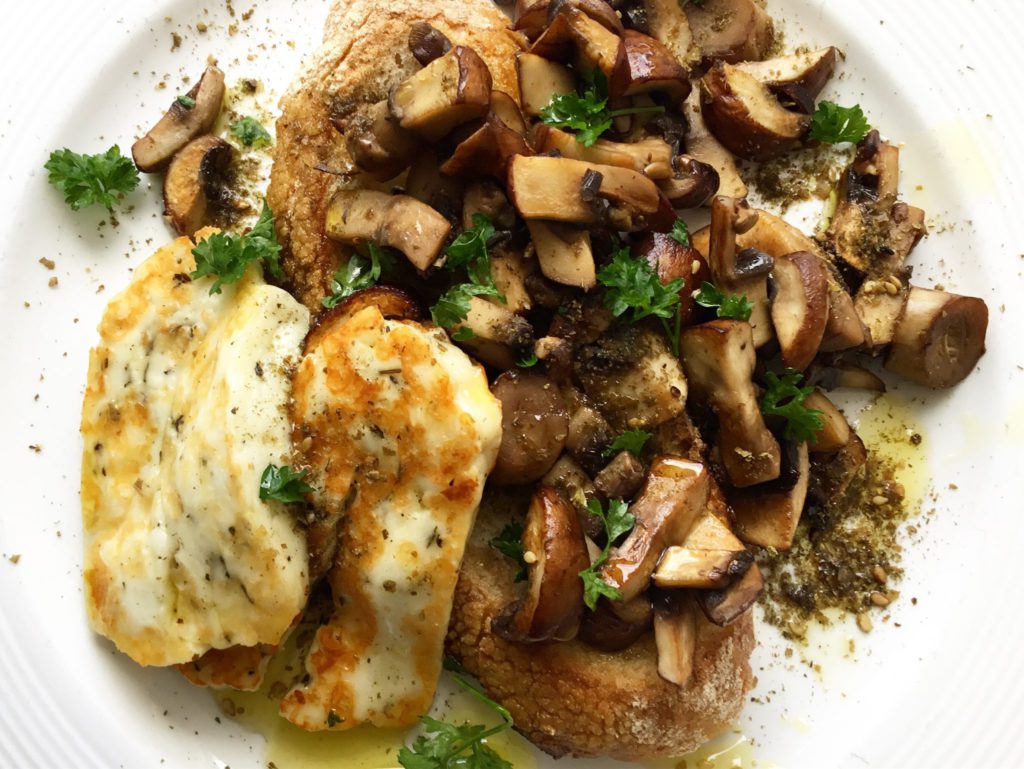
Sauteed mushrooms with za’atar and grilled halloumi on sourdough toast
As a good source of plant-based protein and fibre, they are an easy way to reduce your meat intake whilst also providing an abundance of nutrients; including zinc; a vital nutrient for the immune system and vitamin D; which you cannot easily obtain from the diet.
Why I’m a fan? With its “meaty” texture, it’s a perfect way to replace or a nutritious way to add bulk in dishes like bolognese or chilli con carne. I very often sauté them alongside some eggs for a quick, satiating lunch too.
-
Garlic
When I create my recipes, I always find that I go back and edit them to include one or two more cloves of garlic! It’s an incredible ingredient, not only to lift a potentially bland dish but also nutritionally.
It contains a compound called Allicin, which may have cancer-fighting benefits. Studies have shown that those who eat a lot of garlic, whether raw and/or cooked have a much lower risk of some common cancers, particularly colon or stomach.
If you’re happy eating it raw, in a salad dressing or hummus for example, you’ll also be benefitting from its significant antibacterial and antifungal properties.
Why I’m a fan? It’s tasty and healthy; a winning combo for me! Whilst I often add way more than a recipe asks for if it’s being cooked, despite its health benefits, be wary of using too much raw; it’s a lot more potent and will be overpowering.
-
Eggs
Despite its reputation, eggs are up there as a “superfood” for me. Based on outdated research, eggs have been demonised for years for their effect on raising “bad” cholesterol, but in light of new current evidence, there is no need to restrict your consumption of eggs for this reason.
Whilst the whites of the eggs are a first-class protein; providing the full spectrum of amino acids that you must obtain from the diet, the egg yolks are indeed equally, if not more nutritious. They are loaded with vitamins and minerals, including vitamin D and choline as well as lutein and zeaxanthin, crucial antioxidants that protect your eyes and reduce the risk of macular degeneration.
Why I’m a fan? They’re cheap, quick and easy to cook and guaranteed to keep me full. They’re a regular lunchtime choice when I’m ravenous but pushed for time!TIP: this is one of the few foods I do regularly buy organic; they’re richer in nutrients, particularly omega-3s and in some cases, do not compare to battery-produced eggs nutritionally.
-
Healthy grains
Swapping white refined varieties of grain like white wheat flour used in bread or pasta for a healthy alternative can have a beneficial effect on your gut health; in particular reducing symptoms associated with IBS like bloating, wind and stomach cramps. Wholegrains like oats, quinoa, buckwheat and wild rice will provide much higher amounts of important nutrients; protein, fibre, minerals like iron and magnesium as well as vitamins; in particular B vitamins which are essential for the production of energy.
Why I’m a fan? As well as providing significantly more nutrients, their texture and flavour is far more appealing. A meal tastes richer, is more satiating and goes a lot further.


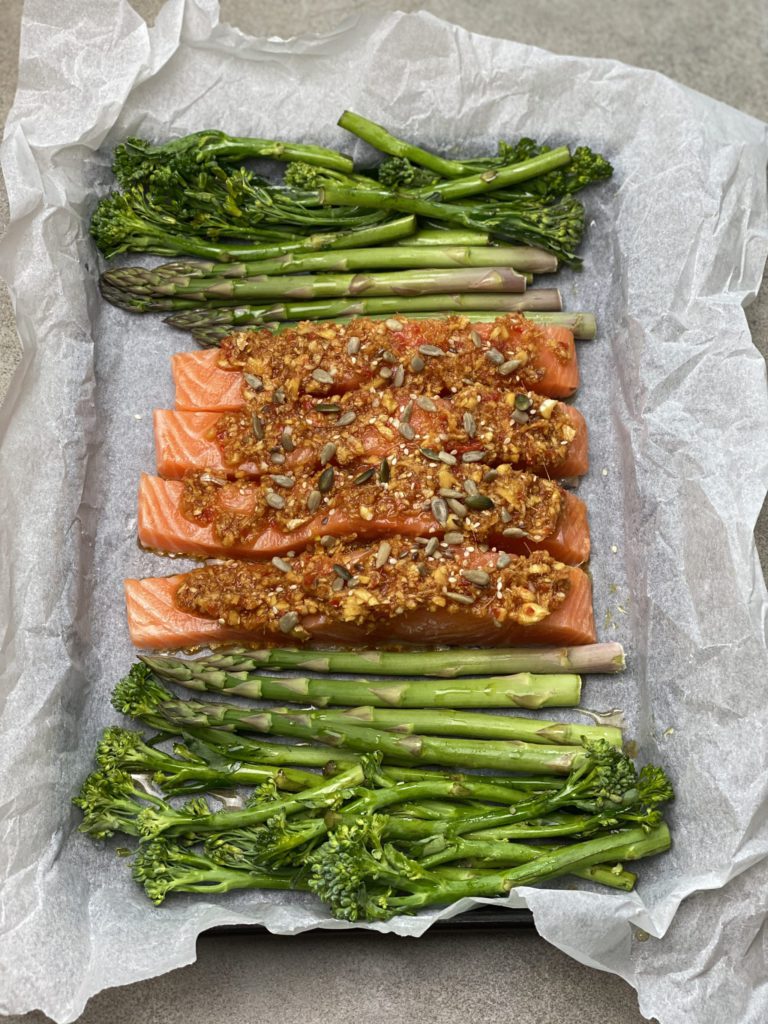
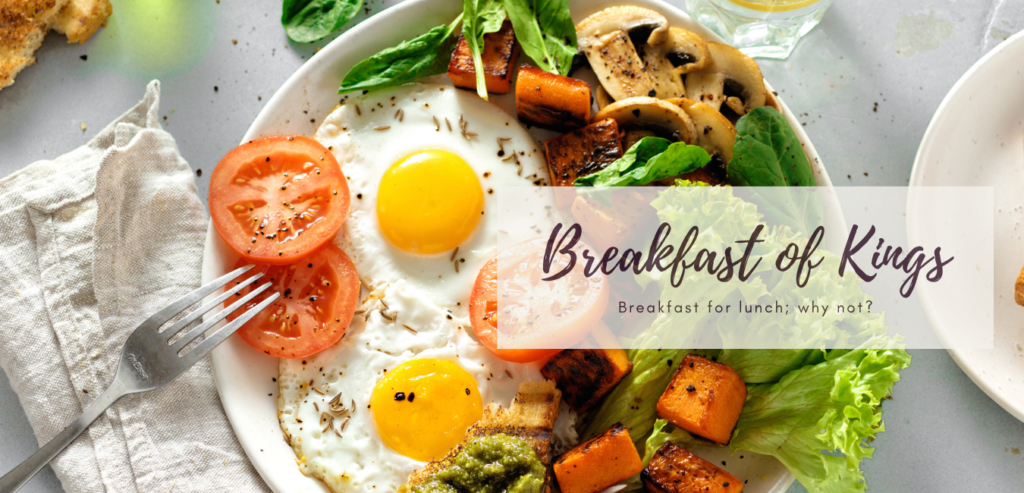
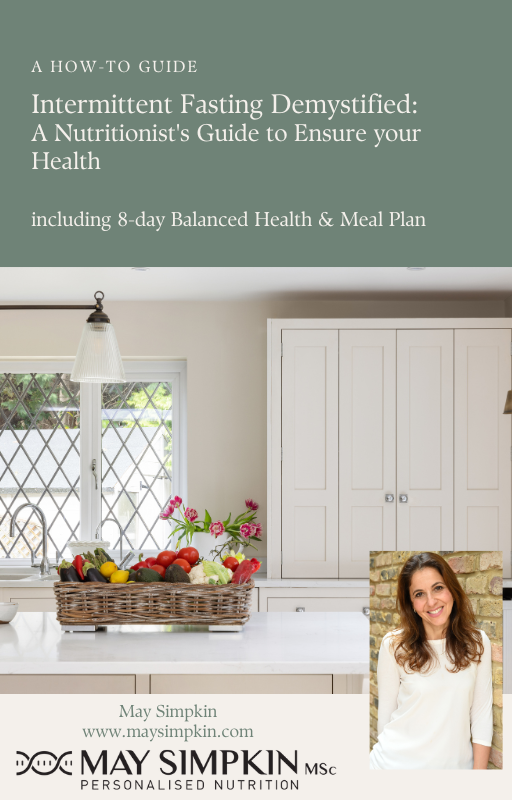
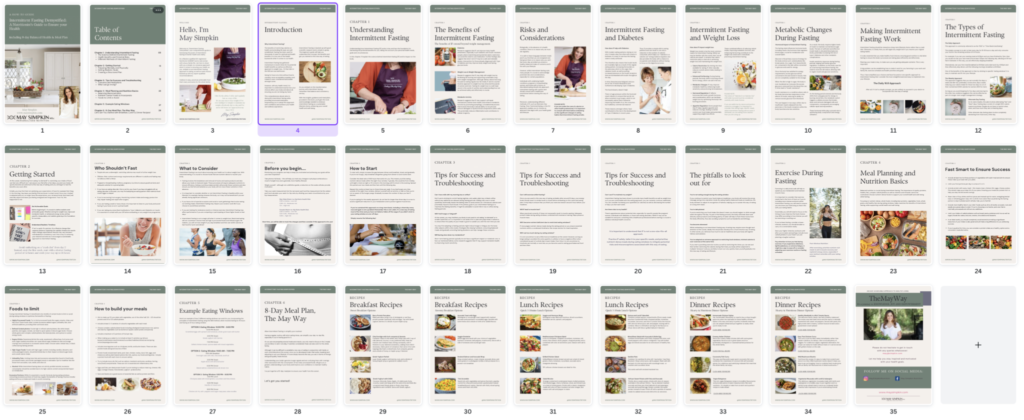



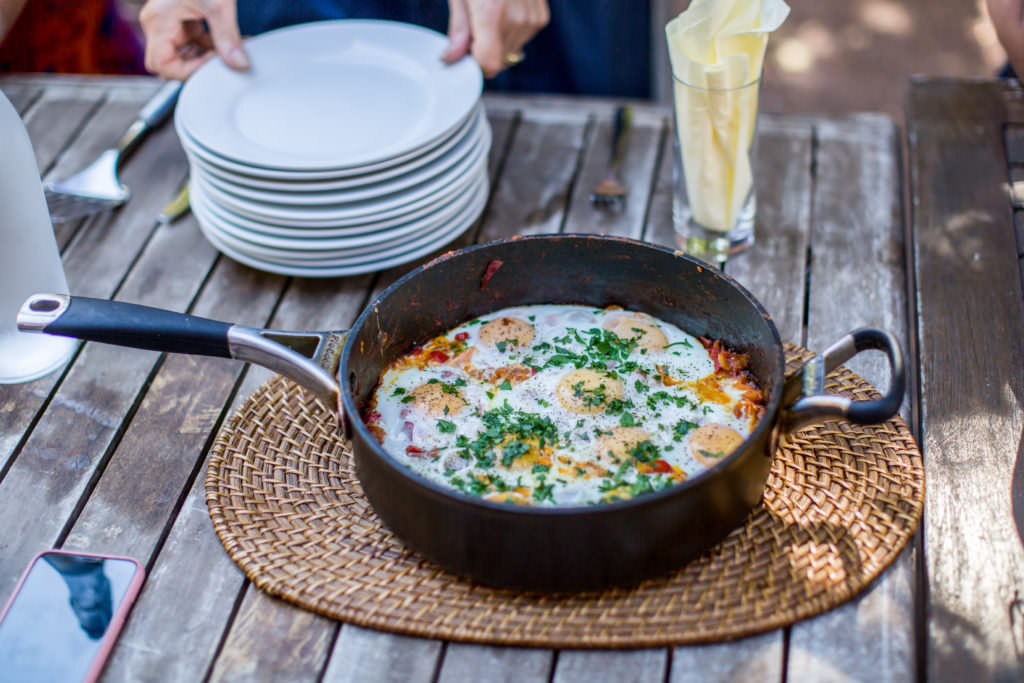
0 Comments